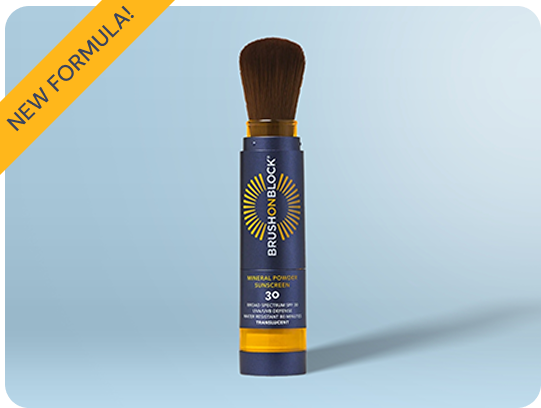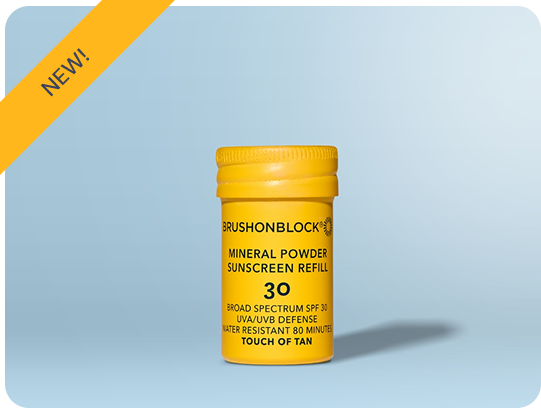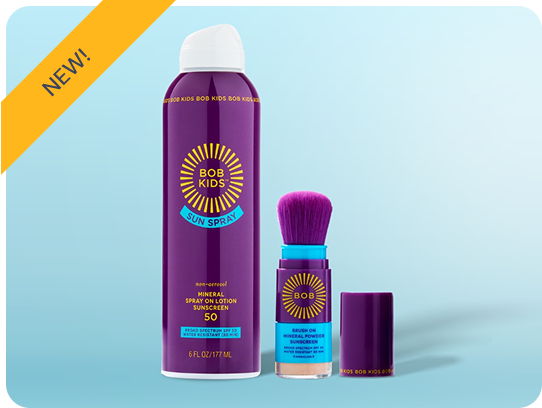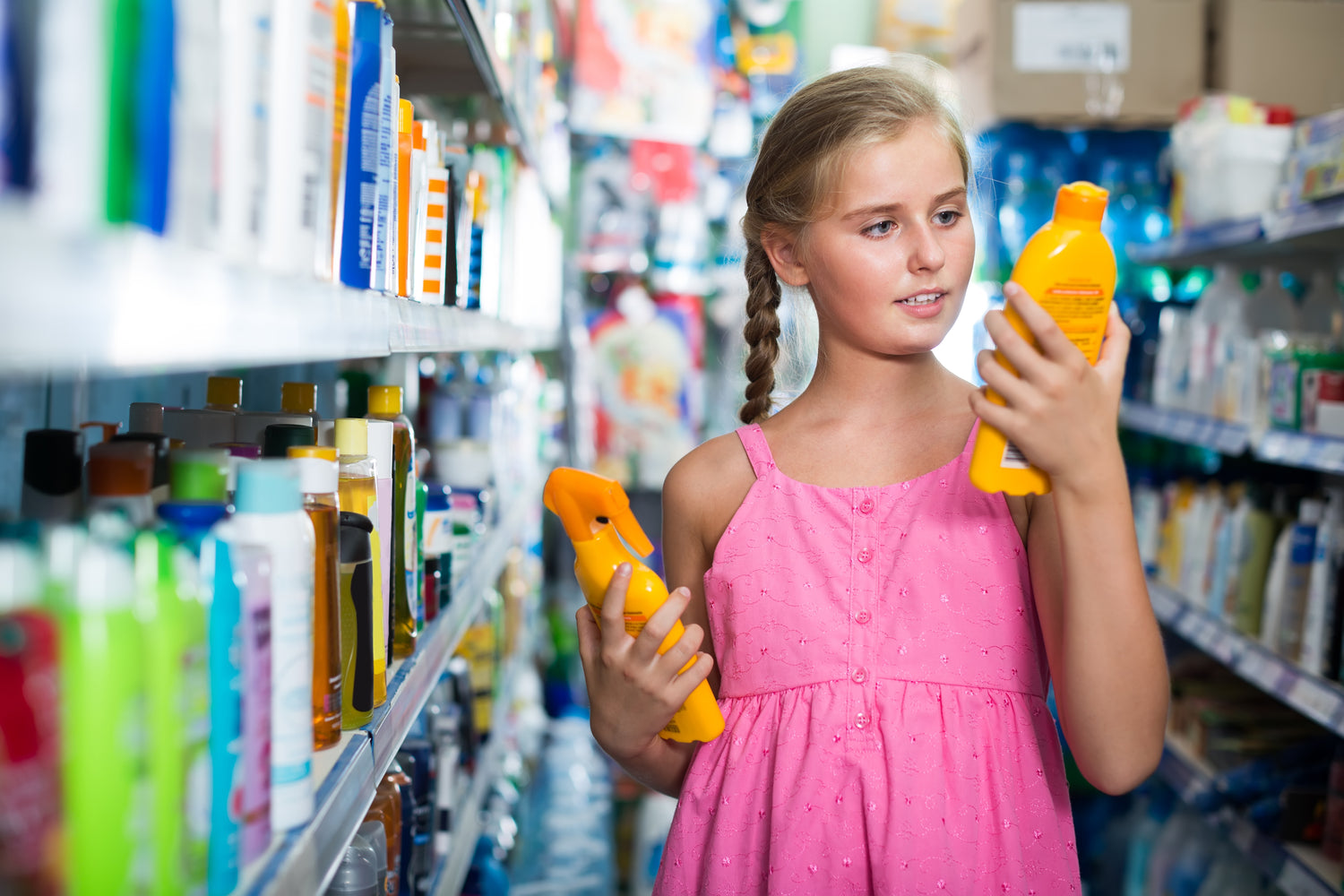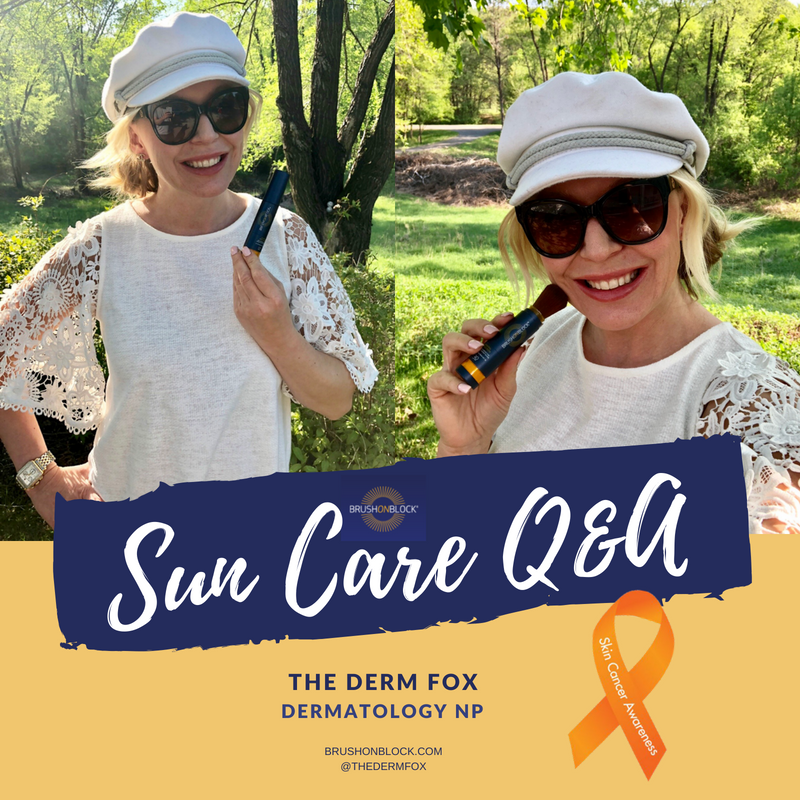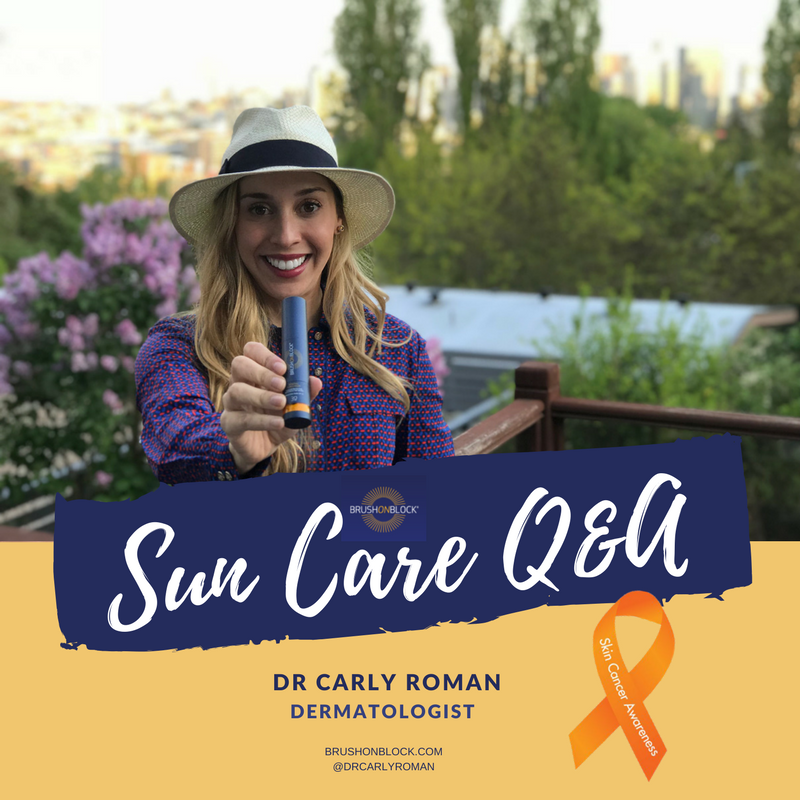In the past, you may have been told that SPF numbers were relatively simple to understand. If you can be out in the sun for 10 minutes with unprotected skin before your skin would begin to burn, the explanation went, then with an SPF 15, you could stay in the sun 15 times as long, or 150 minutes before you would burn. Simple, right? Not so fast, the science behind SPF is actually quite detailed, and sunscreens should be reapplied every 2 hours, regardless of the SPF.
Complicating the formula is different types of skin, individual differences, different types of sunlight and different types of active ingredients. Top that off with the fact that Sun Protection Factors only measure UVB rays, and you could start to feel that you need to be a scientist to figure out how much protection you should wear! Don't be discouraged! There are two things to keep in mind when you want to be Sun-Smart:
1. Look for Broad Spectrum coverage. While we generally apply sunscreen in the summer to avoid a sunburn, UVA rays are present year-round, and those are the rays that have an aging effect on the skin. To keep your skin looking its best, as well as avoiding an increased risk of skin cancer, you want protection from UVA rays and UVB rays which is what Broad Spectrum protection offers.
2. Go for SPF 30 to 50. Even if you had SPF 100, it wouldn't protect you from 100% of the sun's rays, so looking for that sort of protection is not necessary. SPF 15 protects you from slightly more than 93% of the sun's UVB rays. SPF 30, even though it LOOKS like it offers double the protection of SPF 15, protects you from nearly 97% of the UVB rays. As the SPF goes up, the percentage of protection increases only slightly--when you jump up to SPF 50, the increase in protection is even smaller, you would be protected from only 98%. Considering that nothing protects from 100%, don't spend a lot more money for a tiny increase in protection.
Don't fall in to the trap of thinking that the higher SPF you use, the less often you have to reapply your sunscreen. All sunscreens should be reapplied every 2 hours when you are outdoors. Also keep in mind that no sunscreen in the US can claim to be waterproof, the FDA has only three levels of water-resistancy; to 80 minutes, to 40 minutes or not at all. The only way to be sure about the product you select is to read the Drug Facts on the back of the packaging of your sunscreen. If a product does not have Drug Facts on their outer packaging, they are not compliant with FDA regulations and should be avoided.
BRUSH ON BLOCK® Broad Spectrum SPF 30 Mineral Sunscreen is a great choice when you want to be sun-safe, because it protects from both UVA and UVB rays, and is water- and sweat-resistant for 80 minutes. Because it is a mineral sunscreen, it contains no Oxybenzone or Octinoxate, which may be harming our marine-life. It contains no nanoparticles, and is safe for children over 6 months. (Babies under 6 months should not be exposed to the sun.)
